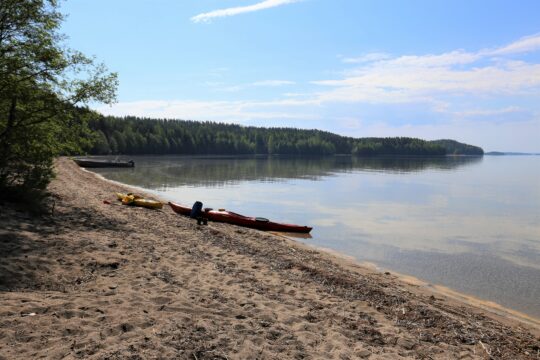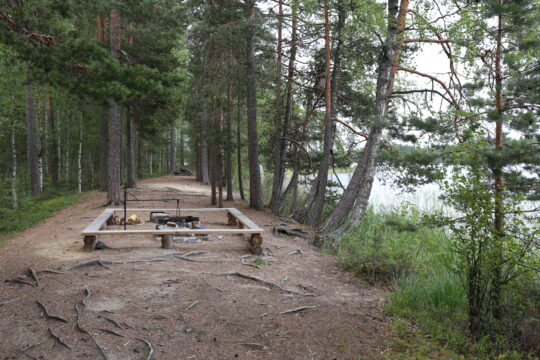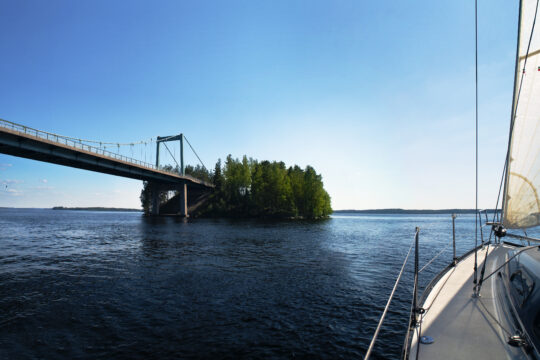Pristine waters
The landscape of Salpausselkä Geopark is dominated by numerous water bodies. The groundwater reserves hidden inside the ridges’ sand and gravel layers provide local residents with drinking water of the highest quality. The groundwater becomes visible in the area’s natural springs and groundwater-fed lakes and brooks. Extensive research-based water protection measures are in use.
There are hundreds of lakes located in the Salpausselkä Geopark area, ranging from small kettle ponds to the second largest lake of Finland, Päijänne. These bodies of water create beautiful sceneries around the area, and their recreational use is an integral part of the lives of local communities and important for the tourism industry.
However, the significance of the Salpausselkä Geopark area is not only based on what can be seen on the surface. In Finland the most important groundwater reserves are located in the Salpausselkä formations and eskers deposited by the meltwaters of the continental ice sheet towards the end of the last Ice Age. Their thick sand and gravel layers absorb most of the annual rainfall, feeding the renewable groundwater reserves. The groundwater reserves of the aspiring geopark are of great importance at national level. The largest underground aquifer, hidden inside the First Salpausselkä in Hollola, is one of the largest in Finland. In places, the groundwater becomes visible in the clearwater natural springs and groundwater-fed lakes and brooks.
The groundwater provides high-quality drinking water and is an important natural resource in the aspiring geopark for the region’s strong brewing and food industry. Around a quarter of Finns get their drinking water from Salpausselkä Geopark area: the locals in the form of groundwater and more than one million people living in the capital area via a rock tunnel from ‘Clear and Drinkable’ southern Lake Päijänne. The 120-kilometre Päijänne Tunnel starts at the bed of Lake Päijänne near Pulkkilanharju and is the second longest tunnel in the world.
Extensive measures are taken to protect both the groundwater and the surface waters. For example, Lake Vesijärvi, that was dammed off between the Salpausselkä formations soon after the last Ice Age, has a history of human-induced water pollution. Today the lake is an internationally recognized example of successful lake restoration, thanks to determined efforts to save it.


